#ToyotaMotorCorp
Toyota Allegedly Stressing Electrification Under New Leadership
With longtime CEO Akio Toyoda stepping down from Toyota Motor Corp, the business is reportedly about to shift targets and place a greater emphasis on battery-electric vehicles. However, there are a few caveats to that claim and the entire issue is mired in controversy, with entities clearly trying to pressure the Japanese automaker against doing things its own way.
Toyota and Subaru Recalling EVs Over Loose Wheels
Toyota and Subaru are recalling their new all-electric models, though EV fans will be pleased to know that the issue has nothing to do with the battery packs. Instead, the affected vehicles run the risk of losing their wheels under sudden braking or sharp turns — which I suppose isn’t much of an improvement over the possibility of an electrical fire.
The good news is that the problem is limited almost entirely to demo models of the Toyota bZ4X and Subaru Solterra the companies wanted to use for promotional purposes. While they may eventually have found their way into residential garages, the original intent was to have them attend trade events and serve as test models on dealership lots. That’s likely to remain the plan, too. But only after the automakers comply with the demands of Japanese regulators.
Chinese Lockdowns Force Toyota to Cut Production Again
The automotive industry has basically resigned itself to running with lessened production for the foreseeable future. A significant number of automakers have suggested that it might be more lucrative to scale back output, reduce overhead, and focus on achieving broader margins per car during this prolonged period of economic and logistical duress. However, Toyota started the year saying it would do its utmost to raise production output as a way to make up for losses incurred during the pandemic. The company even said it anticipated things to gradually normalize through the spring.
Unfortunately, things have not gone according to plan. By March, the Japanese automaker had lowered its output goal for the fiscal year by 500,000 global units. Another 20 percent was lopped off for the month of April and leadership began expressing concerns that those preexisting goals might be totally untenable. While there were moments with the target actually rose, Toyota has repeatedly been forced to walk those claims back as the realities of the market dashed its dreams. Now, the company is once again cutting planned output for the month of June over supply chain issues with China.
Toyota Supra Finally Getting Manual Transmission
Toyota engineers have been fairly adamant that there would eventually be a manual version of the Supra sports coupe since its formal introduction in 2019. By February of 2020, chief engineer Tetsuya Tada even confirmed that the car has been tested extensively with a clutch and choose-your-own-adventure gearbox. But Toyota explained that the automaker opted against having one at launch due to a desire to lead with the model yielding the best specs on paper. Toyota was also fretting over customers modifying vehicles, claiming the eight-speed automatic could handle far more torque before giving into physics and dismantling itself.
However, the automaker has recently begun teasing the Supra with a three-pedal setup over social media, later stating that an-all new manual transmission was indeed on the way for the coupe. But why now?
Will Toyota's Production Pause Go Global?
Following last week’s announcement where Toyota explained its need to scale back Japanese production by 20 percent this April, the automaker has outlined planned slowdowns for the foreseeable future. It’s citing all the usual problems. Countries are still employing various COVID-19 restrictions that are upending supply chains, semiconductor production for automobiles remains insufficient, and there’s a war in Eastern Europe that’s creating all-new troubles while exacerbating some of the more familiar ones. But scaling back output might not be the death sentence it sounds like.
With last year resulting in 10 million deliveries worldwide, Toyota actually managed to improve its sales against 2020’s year-over-year global production decline of 12 percent. And the last two years have also yielded enhanced profitability for the automaker, despite it having expressed repeated concerns about procuring enough components to keep popular models (like the RAV4) in stock. In 2021, Toyota saw $249.4 billion in revenue and even became the best-selling automaker in the United States, dethroning former top-dawg General Motors.
Toyota Cutting Production By 20 Percent Next Month
Earlier this week, we covered Toyota stressing over the feasibility of its current production plans. Automakers around the world are presently trying to suss out how to maintain solid profitability with diminished output, with Japan’s largest manufacturer suggesting the present state of the world might force it to do likewise.
While we assumed the resulting decisions would take a couple of weeks for Toyota to finalize, as it considered its many options, the company announced on Friday that it would need to cut domestic production by 20 percent for the month of April. The automaker framed this as part of its preexisting “recovery plan” necessary to account for supply chain issues that never seem to end, saying that diminished output would gradually normalize in Japan over the spring.
Toyota Considers New Production Strategy As World Burns
Toyota Motor Corp. is reconsidering its existing production strategy, citing ongoing global issues that are hindering its ability to manufacture vehicles at a normal pace.
Like most other automakers, Toyota has endured COVID restrictions, supply chains bottlenecks, component shortages, at least one cyberattack, and some new obstacles stemming from Russia’s invasion of Ukraine. These issues have already encouraged General Motors to pursue lower output as it focuses on selling on higher-margin vehicles. Though it’s hardly the only automaker signaling diminished production for 2022. Even the National Automobile Dealers Association is assuming 2022 will be another year of extra-tight inventories and wild markups. It’s something the industry was already doing, with Toyota becoming the next company opting to rejigger its targets to account for hard times.
Toyota Confronting Widespread Factory Stalls in Asia
Toyota Motor Corp is currently having to contend with idle factories in Asia, reducing the automaker’s estimated output by over 47,000 units this month. Shockingly, it’s not alleged to have anything to do with the semiconductor shortage that’s been wreaking havoc on Western markets.
With chip production having been localized primarily in China and Taiwan, Asian suppliers have had better access to them. But Eastern markets have still been subjected to other routine plant closures due to supply chain restrictions stemming from the pandemic. Existing protocols in China, combined with renewed restrictions in Japan, have created a situation impacting numerous automakers with Toyota announcing this week that it probably won’t reach its goal of manufacturing 9 million cars this year — though it made sure to include the ongoing semiconductor issue as relevant.
Toyota Is Now America's Best-Selling Automaker
Japanese automaker Toyota Motor Corp looks set to embarrass American automakers on their home turf by ending the year as the U.S. market’s top-selling brand for 2021.
Toyota had previously reported it moved 688,813 vehicles in the United States from April to June, outperforming General Motors and setting the stage for the rest of the year. At the time, the domestic manufacturer claimed its numbers were down due to the global semiconductor shortage that continues to disproportionally impact American automakers. While there are a few sound logistical reasons for that, the chip deficit also becomes a convenient excuse for brands that cannot seem to get their general supply chains under control. No matter how you slice it, GM looks to have screwed up managing inventory and Toyota is picking up the slack.
Toyota Announces EV Strategy, Readies $70 Billion for the Cause
On Tuesday, Toyota Motor Corp. announced a commitment of 8 trillion yen ($70 billion USD) toward the goal of achieving carbon neutrality someday. Though the concept of any multinational manufacturing entity totally nullifying their carbon footprint seems kind of laughable, so we’ll be referencing this as another electrification strategy — which is still a big deal considering how EV averse Toyota has been thus far.
Despite being an environmental trendsetter with the Prius Hybrid, Toyota has been hesitant to formally commit itself to transition its lineup toward being reliant on battery power. However, President Akio Toyoda has just proudly confirmed that the Japanese automaker would be earmarking the funds for exactly that purpose, noting that the brand (along with Lexus) would be spending the money through 2030 to make sure its global sales of battery electric vehicles (BEVs) reach 3.5 million vehicles annually. Though the most enjoyable aspect of the release was the direct manner it was presented, with Toyoda-san being impressively honest about modern automotive trends.
Chip Shortage Demolishes Toyota Vehicle Production, Pandemic Blamed
Despite being one of the only manufacturers not to incur heavy production losses over the global semiconductor shortage, Toyota has announced that its luck has finally run out. The automaker is estimating that it will need to cut assembly by 40 percent this September.
It’s not alone. Both Ford and General Motors have announced they’re also stifling production this week to account for a deficit of chips. Even Volkswagen Group has been cautioning that it might schedule more downtime going into the fall. But that’s basically been the story for all of 2021. Toyota just happens to be the newest inductee.
Toyota Pauses Production at 9 Plants Following Weekend Earthquake
Japan was struck by a 7.1 magnitude earthquake over the weekend. The Fukushima and Miyagi prefectures were hit the hardest, offering a physical reminder of the 9.0 magnitude quake that devastated the region in 2011. Scientists have claimed that Saturday’s tremor was actually an aftershock from the horror show that occurred a decade earlier.
While still a large systemic event, authorities aren’t reporting widespread injuries or even damages. However, many citizens were left without power and numerous industrial facilities were idled for inspection. This includes automakers, with Toyota making an announcement that it will be stalling nine factories for several days this week. Though only some of that time is needed for safety assessments. The automaker is fretting over a batch of suppliers that were impacted by the quake and is anticipating a parts shortage.
Lexus is Reinventing Itself This Spring
Lexus enjoyed years of uninterrupted success as the preeminent purveyor of reliable Japanese luxury. However, the current lineup has become somewhat antiquated and the brand can no longer rest assured that it will be at the summit of every reliability ranking the industry manages to produce. Though usually still within the top five, management feels it’s time to update the “brand vision” and redefine how people see Lexus.
While the evolution of an automotive brand is an essential aspect of its survival, a lot of automakers have gone the popstar route of reinventing themselves based on the latest trends. This explains the sudden influx of minimalist logo redesigns utilizing slimmer fonts and monochromatic color schemes, though it hardly forgives the industry’s general lack of imagination. Despite Lexus giving us few details to work with, its latest release has us wondering if it could be plotting a similarly dull trajectory for itself.
Toyota RAV4 Hybrid Fails the Moose Test in Dramatic Fashion
Sweden’s evasive maneuver test, better known as the moose test, is a brutal simulation of what might happen if your lane was suddenly occupied by a giant mammal and you had to get out of the way in a hurry or prepare yourself to become one with the animal. It also happens to be one of the hardest automotive tests to pass, with a long list of models failing to stay on course at highway speeds. In fact, the whole point of the test is to see how fast a vehicle can run the brief gauntlet without running over traffic cones or flipping itself over.
As a result, the cars that typically perform the best tend to be lightweight road huggers with above-average factory rubber. Meanwhile, crossovers and pickups have had particularly poor showings — with Toyota’s RAV4 embarrassing itself rather badly in 2019 after Stockholm’s Teknikens Värld (one of the European publications that made the test world-famous) showed its stability management system was ill-equipped to handle the course. While Toyota went out of its way to remedy the issue with a software update in Europe, recent testing showed the RAV4 PHEV was back to its old tricks… or lack thereof.
Toyota Plots Record Production Push to Counter How Crappy 2020 Has Been
Toyota is reportedly seeking to supercharge vehicle production to record levels in the latter half of 2020 as a way to help offset how lousy the rest of the year has been. Its previous six-month record was achieved in 2015 and resulted in 4.53 million sparkling new automobiles. But Toyota would like to eclipse that this year and is targeting 4.6 new vehicles between July and December, with the biggest assembly push coming in the final quarter.




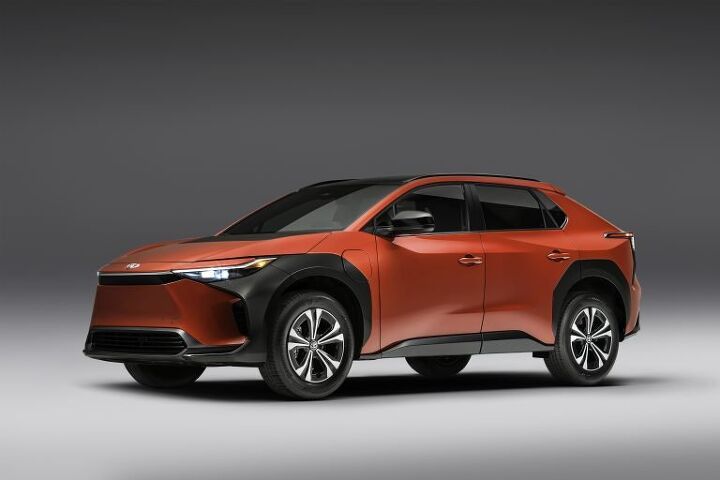
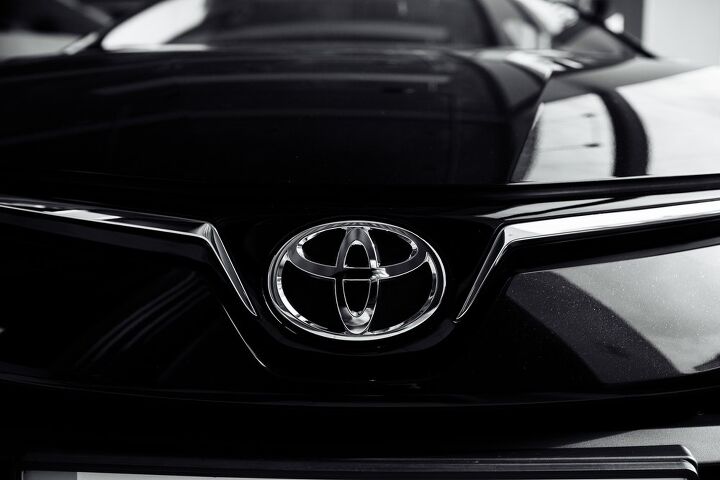
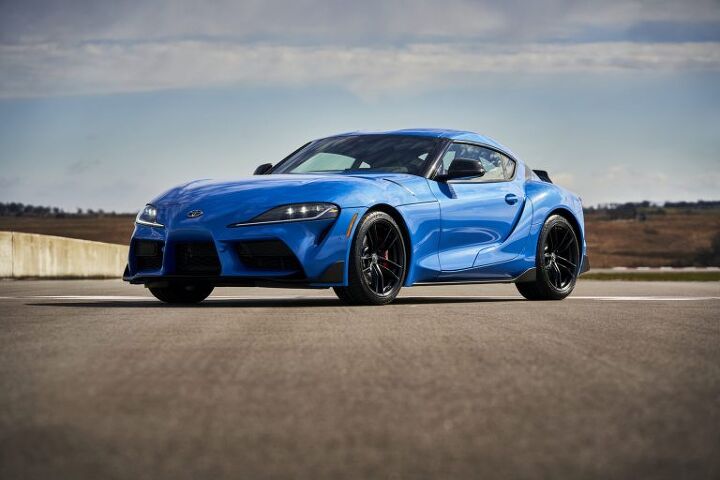
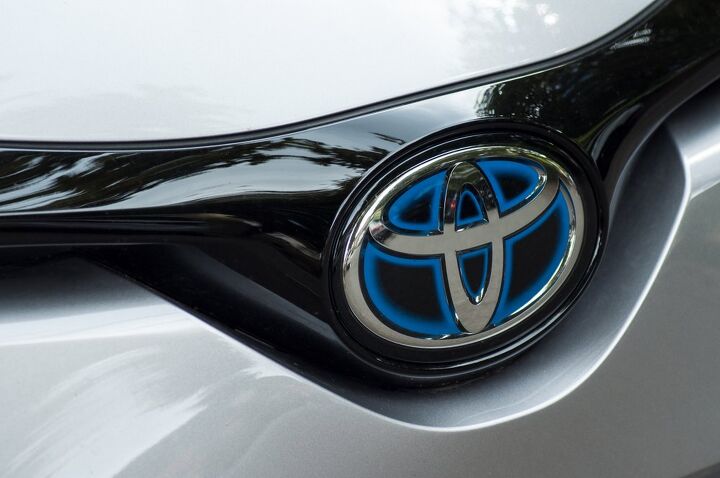

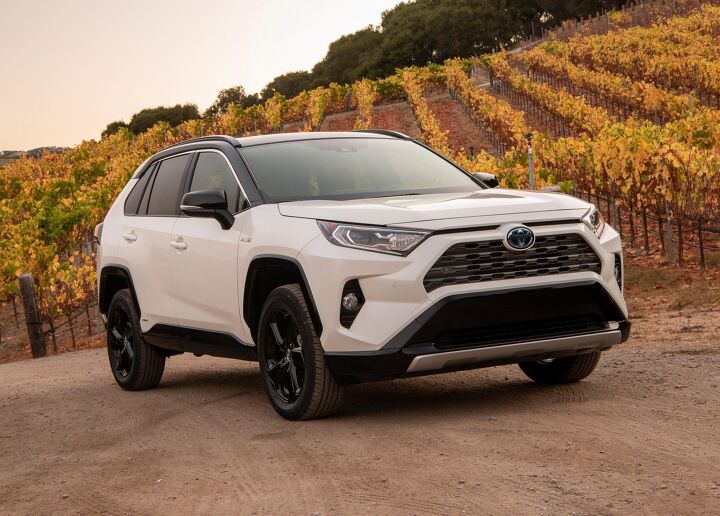
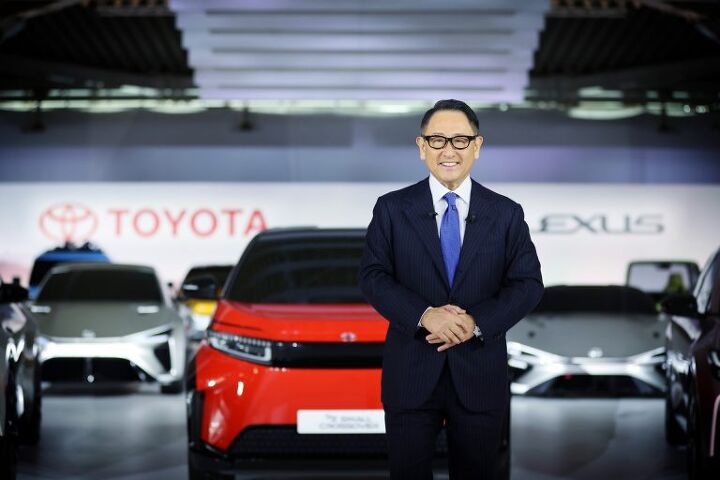
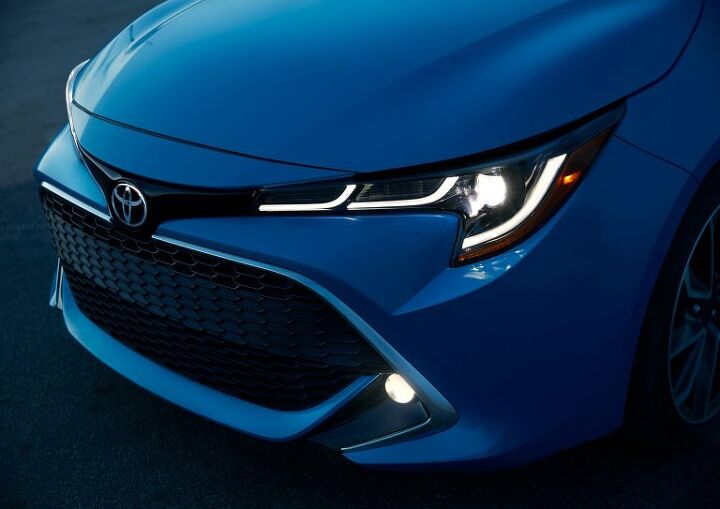

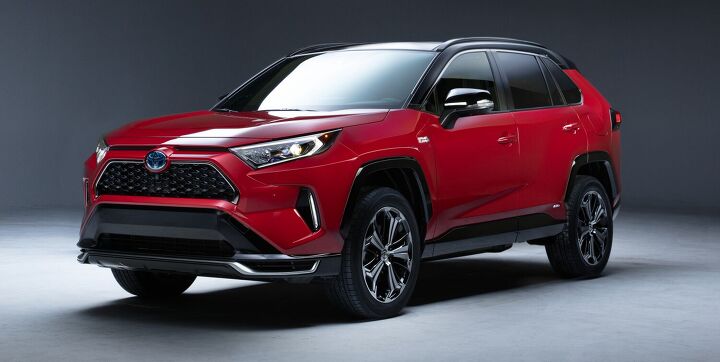











Recent Comments